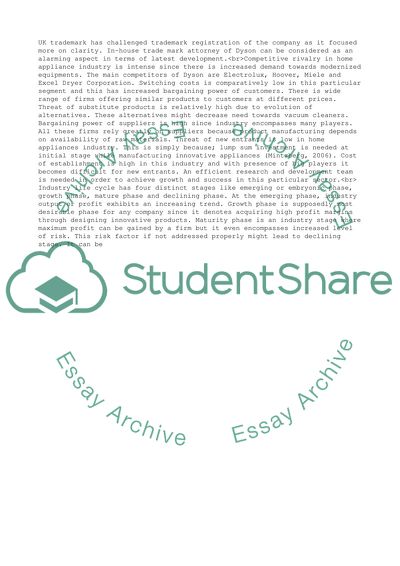Cite this document
(Corporate Strategy Essay Example | Topics and Well Written Essays - 2250 words, n.d.)
Corporate Strategy Essay Example | Topics and Well Written Essays - 2250 words. https://studentshare.org/business/1872176-corporate-strategy
Corporate Strategy Essay Example | Topics and Well Written Essays - 2250 words. https://studentshare.org/business/1872176-corporate-strategy
(Corporate Strategy Essay Example | Topics and Well Written Essays - 2250 Words)
Corporate Strategy Essay Example | Topics and Well Written Essays - 2250 Words. https://studentshare.org/business/1872176-corporate-strategy.
Corporate Strategy Essay Example | Topics and Well Written Essays - 2250 Words. https://studentshare.org/business/1872176-corporate-strategy.
“Corporate Strategy Essay Example | Topics and Well Written Essays - 2250 Words”. https://studentshare.org/business/1872176-corporate-strategy.


